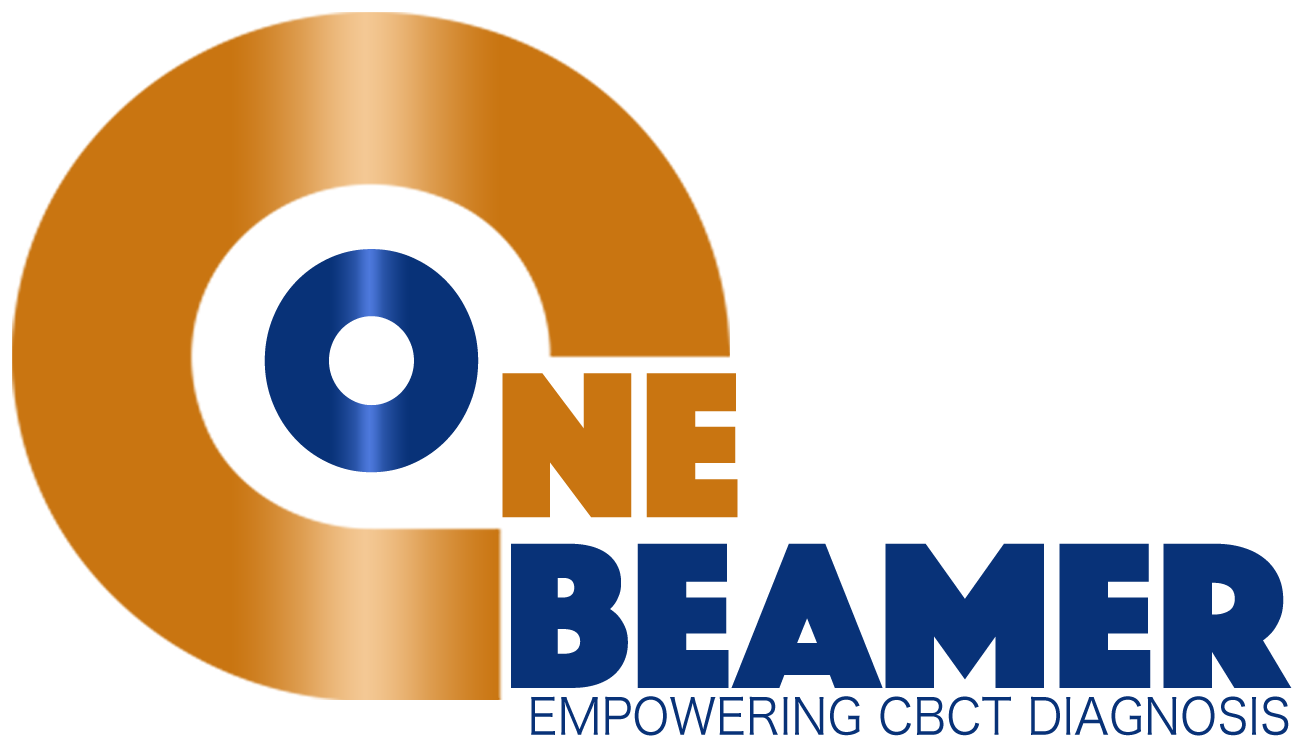Intra and Extra-oral Photography: A Comprehensive Guide
Introduction
Intra and extra-oral photography are invaluable tools in dentistry, allowing dental professionals to capture detailed images of the oral cavity and surrounding structures. These photographs serve multiple purposes, including documentation, diagnosis, treatment planning, and patient communication. In this comprehensive guide, we will explore the significance of intra and extra-oral photography, discuss their applications, and provide practical tips for achieving high-quality dental photographs.
Importance of Intra and Extra-oral Photography
Intra and extra-oral photographs provide visual records of the patient’s oral health, helping dental professionals in various aspects of dental care:
- Documentation: Intra and extra-oral photographs serve as a comprehensive record of the patient’s oral condition at a specific point in time. They aid in tracking the progression of dental conditions, treatment outcomes, and changes over time. These photographs are essential for legal and insurance purposes as well.
- Diagnosis and Treatment Planning: High-quality photographs enable dentists to examine the oral cavity in detail, aiding in the diagnosis of various dental conditions. They assist in identifying caries, periodontal disease, tooth fractures, malocclusions, and other abnormalities. Furthermore, these photographs contribute to accurate treatment planning, helping dentists design appropriate treatment strategies and communicate them effectively to the patient.
- Patient Communication: Intra and extra-oral photographs play a vital role in patient communication and education. Visual representation helps patients understand their oral health conditions, visualize treatment recommendations, and actively participate in decision-making. By visually illustrating the need for treatment, photographs can improve patient acceptance and compliance.
- Research and Education: Intra and extra-oral photographs contribute to dental research, allowing professionals to study and analyze dental conditions, treatment outcomes, and techniques. They also serve as valuable educational tools, assisting in teaching dental students, providing case presentations, and facilitating professional development.
Intra-oral Photography
Intra-oral photography involves capturing detailed images of the structures inside the oral cavity, including teeth, gums, and mucosa. Here are some key considerations for successful intra-oral photography:
Equipment and Setup
- Camera: Use a digital camera with high resolution and manual settings for better control over image quality. DSLR cameras are commonly used for intra-oral photography.
- Macro Lens: Invest in a macro lens specifically designed for close-up photography. Macro lenses allow for capturing detailed images of teeth and oral structures.
- Dental Mirrors: Dental mirrors help visualize hard-to-reach areas. Use mirrors of appropriate size and design to reflect light and provide clear views.
- Retraction and Illumination: Use retractors to achieve adequate visibility and access. Proper lighting is crucial for capturing accurate colors and details. Consider using dental curing lights or external flash units for optimal illumination.
Technique and Composition
- Isolation and Moisture Control: Ensure proper isolation and moisture control to capture clear images. Dry the teeth and soft tissues with air syringes or absorbent materials to minimize reflections and distortion.
- Standardization: Use retractors, mirror handles, or lip retractors to standardize the view and maintain consistent image composition. This allows for easy comparison of photographs over time.
- Focus and Depth of Field: Focus on the area of interest and adjust the camera settings to achieve the desired depth of field. A shallow depth of field can highlight specific structures, while a larger depth of field provides a wider view.
- Standard Views: Capture various standard views, including occlusal, buccal, lingual, and interproximal images. These views help document specific conditions and aid in treatment planning.
Extra-oral Photography
Extra-oral photography involves capturing images of the patient’s face, jaws, and head. These photographs provide a broader perspective and are valuable for overall facial analysis, smile assessment, and treatment planning. Here are some considerations for successful extra-oral photography:
Equipment and Setup
- Camera and Lens: Use a digital camera with manual settings and a medium-range zoom lens for extra-oral photography. Ensure the camera has sufficient resolution to capture facial details.
- Tripod: Use a tripod to stabilize the camera and avoid motion blur. This is particularly important when capturing full-face or smile images.
- Backdrop and Environment: Choose a neutral or contrasting backdrop to minimize distractions. Pay attention to the lighting conditions and ensure proper illumination of the subject.
Technique and Composition
- Subject Positioning: Position the patient in an upright, natural posture with the head straight. Ensure proper alignment of the face and maintain a relaxed expression.
- Full-Face Images: Capture full-face images to assess overall facial symmetry, profile, and esthetics. Use a frontal view and consider capturing lateral views for a comprehensive analysis.
- Smile Images: Capture close-up images of the patient’s smile from various angles. This includes frontal views, lateral views, and angled views to capture tooth display and gingival architecture.
- Extra-oral Landmarks: Include extra-oral landmarks, such as the outer canthi of the eyes, the midpoint of the lips, and the midline of the face, to aid in analysis and documentation.
Practical Tips for Dental Photography
- Patient Comfort: Ensure patient comfort throughout the photography session. Communicate clearly, explain the process, and address any concerns or questions.
- Consistency and Standardization: Follow standardized protocols for positioning, lighting, and camera settings to maintain consistency in image quality and composition. This allows for accurate comparison and analysis.
- Informed Consent: Obtain informed consent from the patient before capturing photographs. Explain the purpose of photography, its benefits, and potential usage for documentation and education.
- Patient Privacy: Adhere to patient privacy and confidentiality regulations. Store and handle photographs securely, ensuring they are accessible only to authorized individuals.
Conclusion
Intra and extra-oral photography are essential tools in modern dentistry. They provide a visual record of the patient’s oral health, aid in diagnosis and treatment planning, facilitate patient communication, and contribute to research and education. By following proper techniques, utilizing suitable equipment, and maintaining consistency, dental professionals can capture high-quality images that enhance patient care and improve treatment outcomes.
============================================

